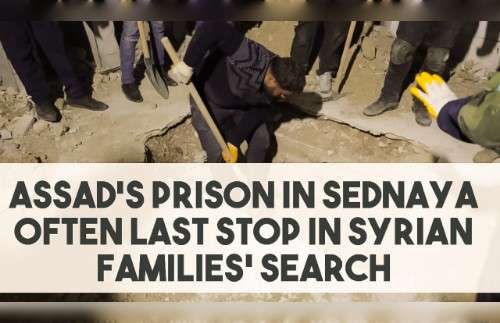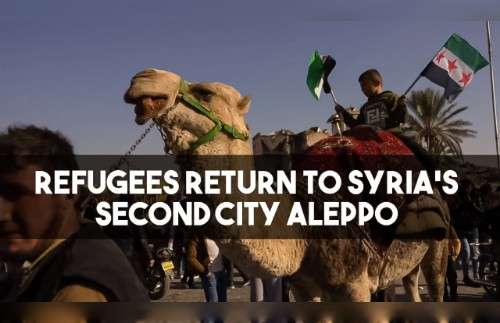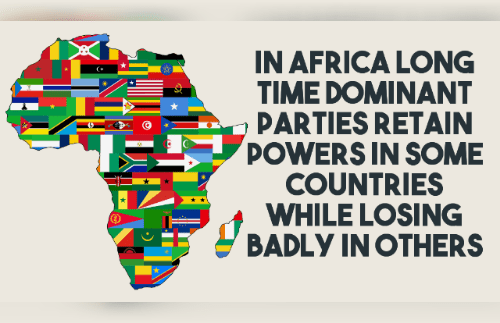When Hadia was born, her parents were in a detention center in Libya. The family was evacuated to Rwanda’s emergency transit facility in Gashora when she was two months old, renewing their hopes for a better future.
Zeinab, her partner Abdulbasit, and their daughter, Hadia were among the first group of asylum seekers – including children separated from their parents and wider family – evacuated to Rwanda from Libya in 2019. Today, they have a second child called Hajira, which means “journey” in Somali and hope their future will be better.
Since that initial flight some 515 refugees and asylum-seekers have been evacuated from Libya to the ETM. The group remains at the transit facility while long-term solutions are sought, such as resettlement, voluntary return to countries of previous asylum or to countries of origin where it is safe to do so, or integration in local Rwandan communities.
During his three-day visit to Rwanda, United Nations High Commissioner for Refugees, Filippo Grandi on Sunday (25 Apr) visited one of two Emergency Transit facilities in Africa providing life-saving support to asylum seekers stranded in Libya.
The High Commissioner praised the Government of Rwanda as well Niger, the other country welcoming refugees and asylum-seekers being evacuated from Libya, for their continued solidarity and generosity, giving hope to vulnerable asylum seekers and refugees in Africa in dire need of protection and safety.
The Emergency Transit Mechanism (ETM) in Rwanda is an agreement between the Government, UNHCR, the UN Refugee Agency, and the African Union to move refugees most at risk in Libya to the safety of a transit centre in Gashora, a district some 60 kms from Kigali.
Many asylum seekers in Libya suffer human rights abuses, including beatings, extortion and rape during their time held in detention centres. Others risk being sold into slavery by traffickers and even death in desperate attempts to cross the Mediterranean or through being caught up in fighting.
UNHCR
















